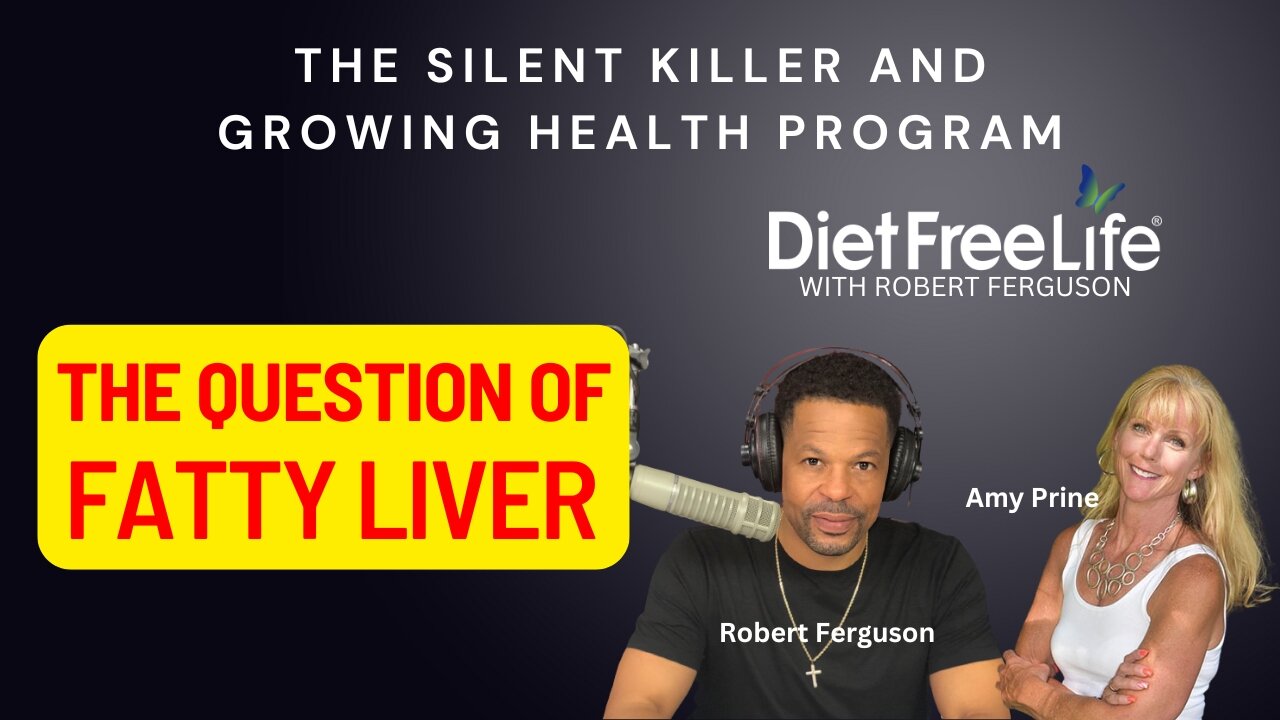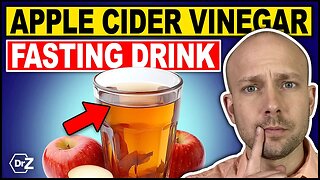Premium Only Content

The Silent Killer and Growing Health Problem
High fructose corn syrup (HFCS) was approved for human consumption by the U.S. Food and Drug Administration (FDA) in 1976. Following its approval, HFCS quickly became a popular sweetener in the food and beverage industry due to its cost-effectiveness and ease of use compared to traditional sugar.
One of the first major products to use HFCS was Coca-Cola, which transitioned from cane sugar to HFCS in 1980. This shift marked the beginning of widespread use of HFCS in processed foods and beverages, contributing significantly to the average American's sugar intake.
The introduction of HFCS into the food supply in the late 1970s closely coincides with the emergence of nonalcoholic fatty liver disease (NAFLD). In 1979, NAFLD was virtually unknown, with no recorded diagnoses. However, today, nearly half of all adults in the United States are affected by this condition. NAFLD is characterized by the buildup of fat in the liver in individuals who consume little to no alcohol. It can lead to serious liver diseases, including cirrhosis and liver cancer.
The rise of NAFLD alongside the increased use of HFCS suggests a strong correlation between the two. Research has shown that the higher fructose content in HFCS can lead to fat accumulation in the liver, contributing to the development of NAFLD. While other factors like increased caloric intake and sedentary lifestyles also play a role, the introduction of HFCS into the American diet stands out as a significant turning point in the prevalence of this liver disease. This correlation highlights the importance of understanding the long-term health impacts of dietary changes, particularly those involving widespread additives like HFCS.
Watch free mini-seminar on the #1 Supplement that benefits everyone: https://www.mydietfreelife.com/balanceoil-with-omega3
Contact Amy Prine at https://amyprine.com/
Contact Robert Ferguson at https://dietfreelife.com
-
 13:05
13:05
Actual Justice Warrior
3 days agoJudge Threatens To Jail Corrupt Super Mayor
3.21K9 -
 3:40
3:40
DecoyVoice
1 year agoThailand doesn't have time for unemployed behavior
7.7K8 -
 11:09
11:09
Warren Smith - Secret Scholar Society
8 months agoThis Interview Changed How I See the World
28.1K11 -
 2:05:07
2:05:07
Inverted World Live
5 hours agoDemon Dolls and Doomsday Fish | Ep. 52
70.6K6 -
 1:31:12
1:31:12
"What Is Money?" Show
1 day agoBuy Bitcoin for Your Bloodline w/ Robert Breedlove (WiM589)
23.6K1 -
 6:50
6:50
Dr. Nick Zyrowski
22 days agoApple Cider Vinegar Fasting Drink - Fasting Accelerator
16.7K3 -
 1:07:48
1:07:48
Man in America
4 hours ago🚨 Plandemic 2.0: The July 4th Bioterror Plot & Palantir’s Master Plan w/ Dr. David Martin
41.9K28 -
 1:43:07
1:43:07
Tucker Carlson
1 day agoBishop Barron on the New Pope, the Foolishness of Atheism, and Why Young Men Are Turning to Christ
204K203 -
 3:24:07
3:24:07
Barry Cunningham
7 hours agoJD Vance And Marco Rubio Speak at American Compass Fifth Anniversary Gala | And More News!
66.7K30 -
 2:52:45
2:52:45
TimcastIRL
6 hours agoTrump Admin ARRESTS Boulder Terrorists ENTIRE FAMILY, Preps Deportations | Timcast IRL
184K103